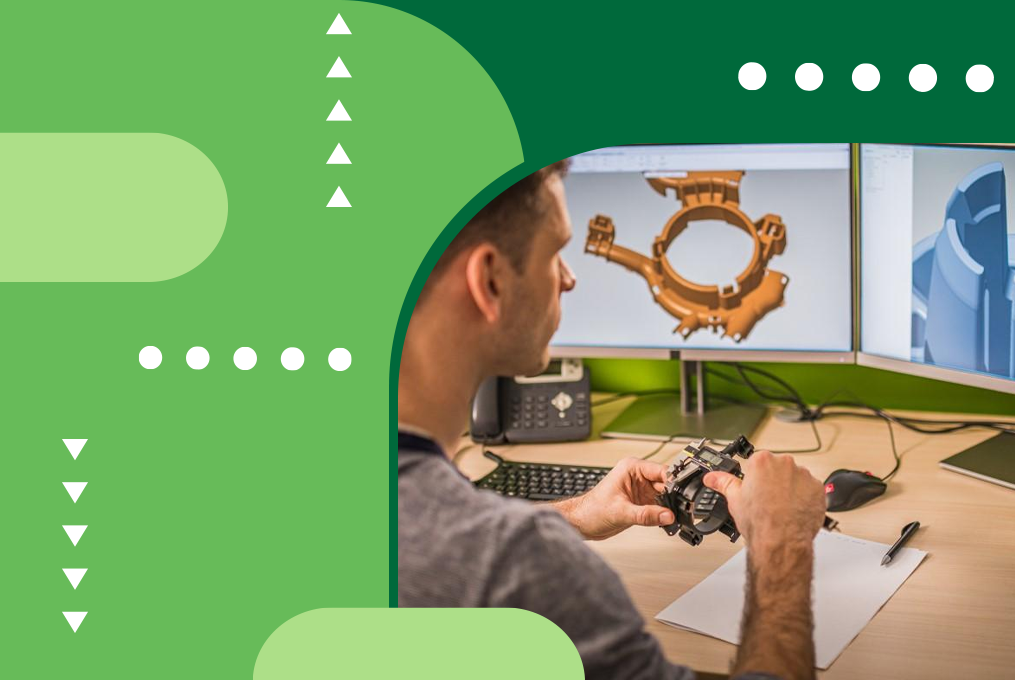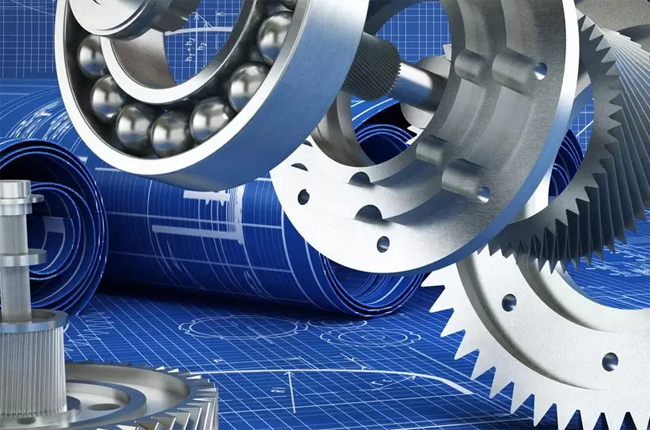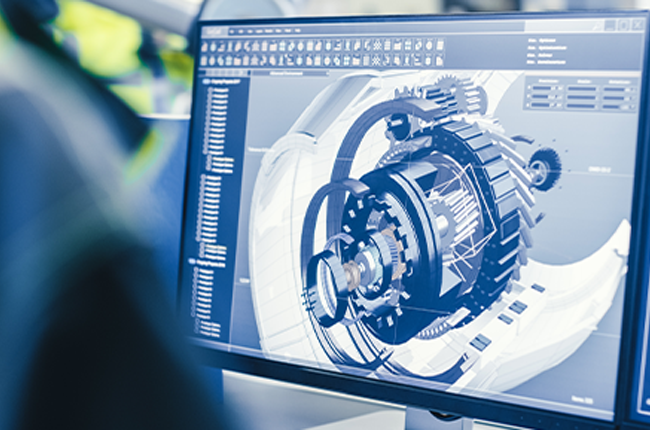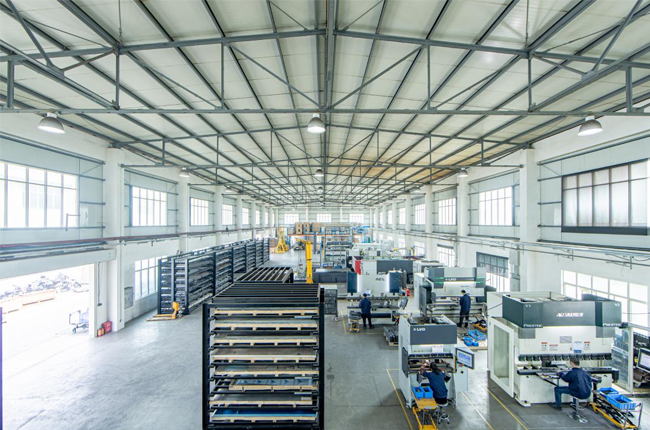The Role of 3D CAD Models in Streamlining Metal Fabrication

Metal fabrication is a crucial process in many industries, including construction, automotive, and aerospace. It involves cutting, shaping, and assembling metal pieces into various products. Traditionally, metal fabrication relied on manual drafting and physical prototypes. However, the introduction of 3D CAD (Computer-Aided Design) models has revolutionized this process. 3D CAD models make metal fabrication faster, more accurate, and more efficient.
Visualization and Design Accuracy
One of the most significant benefits of using 3D CAD models in metal fabrication is the ability to visualize the final product before it is made. With 3D models, designers can see how different parts will fit together and identify potential issues early in the design process.
This visualization helps to prevent mistakes that might only be noticed after physical parts have been made, saving both time and resources. The ability to rotate and zoom in on the model allows for a detailed inspection of every aspect of the design.
Improved Communication and Collaboration
3D CAD models also improve communication and collaboration among team members. When everyone involved in the project can see the same detailed model, it reduces misunderstandings and miscommunications.
Engineers, designers, and fabricators can all work from the same model, ensuring that everyone is on the same page. This shared understanding helps to streamline the workflow and keeps the project on track.
Enhanced Precision and Quality

Accuracy is crucial in metal fabrication. Even a small error can lead to significant problems down the line. 3D CAD models offer a level of precision that is difficult to achieve with traditional methods. Designers can create exact measurements and specifications, which can be directly transferred to fabrication machines.
This precision reduces the chances of errors during the cutting and shaping processes, leading to higher quality products.
Time and Cost Efficiency

Using 3D CAD models can significantly reduce the time required for the design and fabrication process. Traditional methods often involve creating multiple physical prototypes, which can be time-consuming and expensive.
With 3D CAD models, designers can quickly make changes and test different versions of a part without needing to produce physical prototypes. This ability to rapidly iterate designs can save a lot of time and reduce costs.
Integration with Modern Fabrication Techniques

Modern metal fabrication techniques, such as CNC (Computer Numerical Control) machining and 3D printing, are highly compatible with 3D CAD models. These machines can read the digital files created by CAD software and use them to guide the fabrication process.
This integration allows for a seamless transition from design to production, further streamlining the fabrication process.
Streamlined Workflow
The workflow in metal fabrication can be streamlined with 3D CAD models. From the initial design phase to the final production, each step can be efficiently managed and executed.
Designers can create detailed models, engineers can review and optimize these models, and fabricators can use the models to guide the manufacturing process. This streamlined workflow helps to ensure that projects are completed on time and within budget.
Conclusion
The use of 3D CAD models in metal fabrication has brought about significant improvements in how metal parts are designed and produced. These models offer a range of benefits, including enhanced visualization, improved communication, greater precision, and increased efficiency.
By using the power of 3D CAD models, companies can streamline their metal fabrication processes, leading to higher quality products and reduced costs. As technology continues to advance, the role of 3D CAD models in metal fabrication is likely to become even more integral, driving further innovations in the industry.